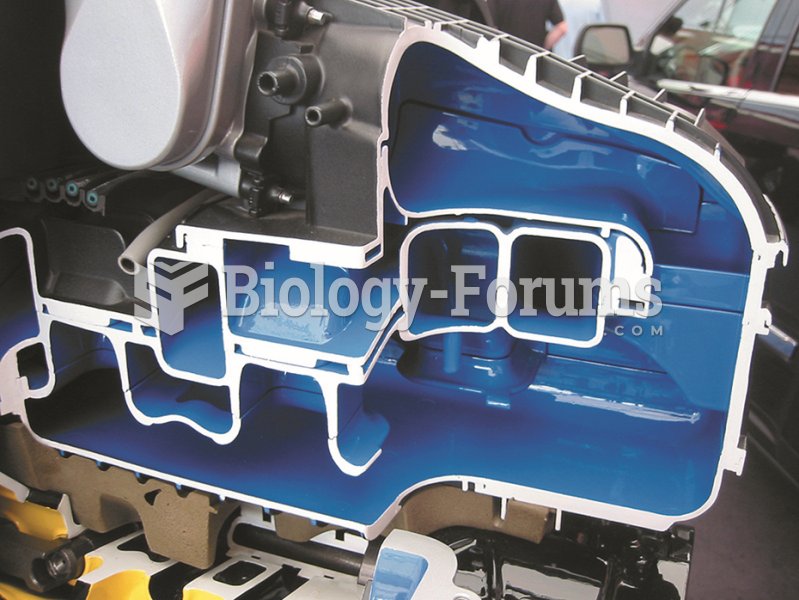The Emergency Food Assistance Program supplements the dietary intake of low-income households by distributing basic commodities and
a. providing education on preparation of low-cost foods.
b. reducing government-held surplus dairy commodities.
c. distributing excess commodities to devel-oping nations.
d. providing specific nutrient-dense foods for young children and older adults.
Question 2
The nurse is concerned that Mrs. D continues to lose weight. This problem started several years ago after she was hospitalized with Crohn's disease. Since then she had one additional exacerbation of the problem.
Although she generally feels well, she has lost several pounds a month in the past 6 months. The nurse is concerned that she may not be getting all of the required calories and nutrients for a balanced diet and is at risk for malnutrition. One reason for this may be: 1. Poor nutritional intake can continue even when the disease is not active due to ongoing avoidance of foods that can cause symptoms associated with a disease to flare up. 2. Patients do not understand the physiological basis for inflammatory bowel disease and may avoid foods that could contribute to healing and good health. 3. A low-fat, low-carbohydrate diet along with an increase in exercise is the standard treatment for Crohn's disease so clients naturally lose weight. 4. Migration of bacteria from the gut to other locations in the body increase metabolism and accounts for weight loss with Crohn's disease.







